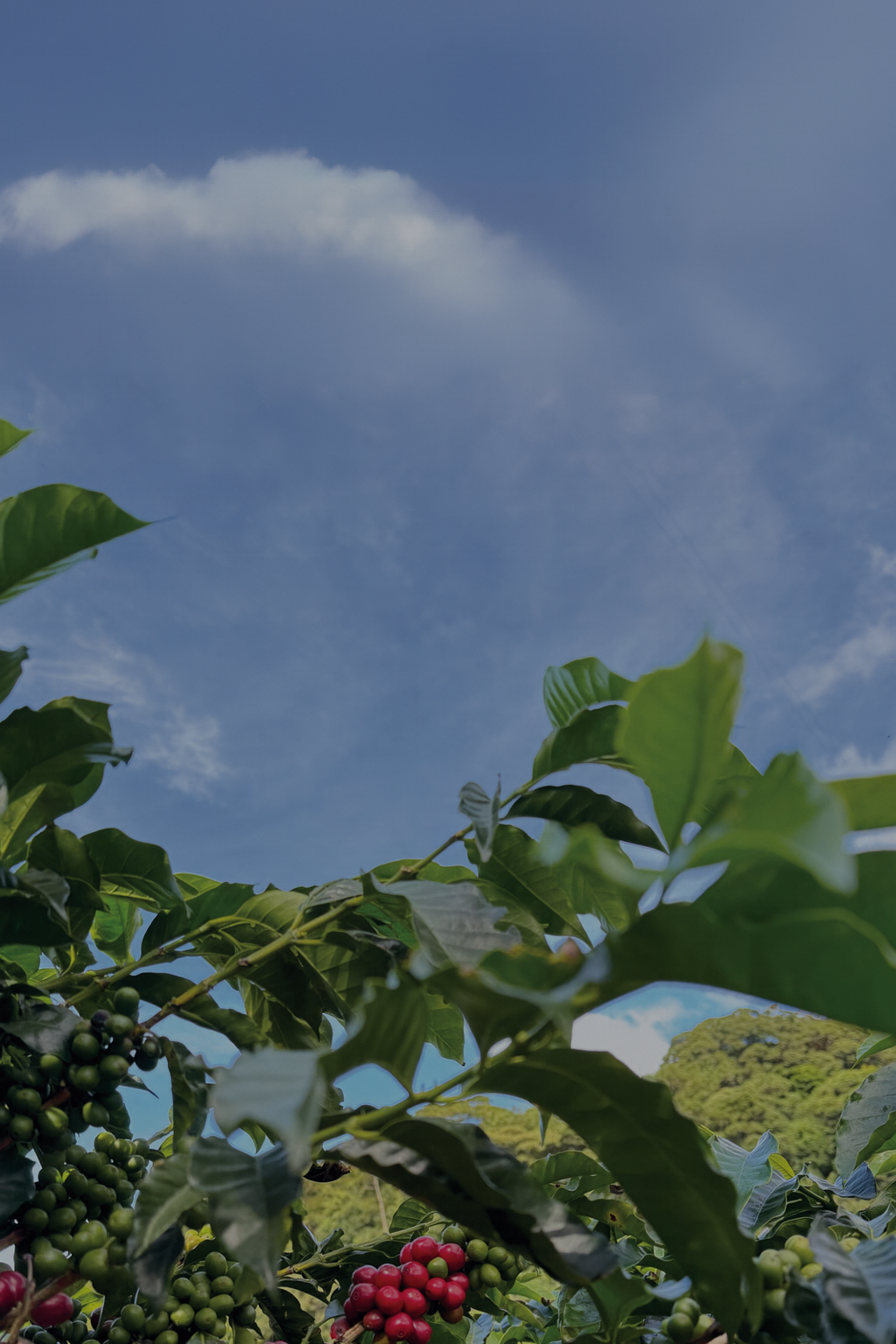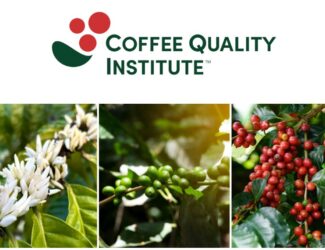
Tarrazú: Costa Rica’s Highland Coffee That Captivates the World
Dubai, August 20, 2025 (Qahwa World) – The announcement by the International Atomic Energy Agency (IAEA) yesterday of an innovative scientific initiative to safeguard the authenticity of Tarrazú coffee using advanced nuclear techniques has sparked a wave of questions about this coffee and its unique value. In response, Qahwa World seeks to shed light on this exceptional origin, which has established its reputation over centuries with outstanding quality that combines heritage, sustainability, and distinctive flavor.
Costa Rica may account for less than one percent of global coffee output, but few origins enjoy such prestige. According to the USDA, the country produces around 1.18–1.19 million bags annually, a modest volume compared with global production exceeding 178 million bags. Yet Costa Rican coffee, and Tarrazú in particular, consistently commands premium prices thanks to its unique combination of altitude, climate, and artisanal production methods.
Geography and Identity
The Tarrazú region lies within the Los Santos highlands, covering the cantons of Tarrazú, Dota, and León Cortés. Farms stretch between 1,200 and 1,900 meters above sea level, conditions that classify beans as “Strictly Hard Bean” (SHB). At this altitude, coffee matures slowly, developing dense beans rich in sugars and aromatic compounds. Combined with volcanic, mineral-rich soils and a climate marked by seven months of rain and five months of dry weather, Tarrazú produces a cup profile that is instantly recognizable: bright acidity, floral notes, and citrus complexity with a clean, sweet finish.
Shade trees—including banana, citrus, avocado, guava, and mango—play an important role in protecting biodiversity and stabilizing the soil. Generational farming families preserve artisanal methods, while the micro-mill model gives producers control over processing and enhances traceability. These small-scale mills have become a Costa Rican hallmark, enabling farmers to secure direct trade relationships and better incomes.
In 2019, Tarrazú coffee was granted Protected Denomination of Origin (PDO) status, ensuring that only beans grown in its three cantons may use the name. The PDO, now protected in more than 180 countries, safeguards the livelihoods of farming families and reassures consumers worldwide of the coffee’s authenticity. It also reinforces a national narrative: coffee is not just an export crop but a pillar of Costa Rica’s independence and cultural identity.
Sustainability lies at the core of Tarrazú’s success. Farmers invest in eco-friendly wet mills that recycle water, soil conservation techniques that maintain fertility, and reforestation programs that protect watersheds. These practices not only preserve the landscape but also secure the future of coffee cultivation in the face of climate change.
Between Tradition and Science
Tarrazú’s reputation is not only built on geography and farming practices but also on culture. One of the most visible symbols is the Vandola, a hand-crafted ceramic brewer designed by artisan Minor Alfaro. Each piece is made of natural clay and highlights the clarity and aroma that define Tarrazú’s cup profile. Beyond its function, it transforms brewing into a ritual of heritage, linking Costa Ricans and coffee enthusiasts worldwide to the traditions of the highlands.
On the international stage, Tarrazú continues to shine at specialty coffee auctions such as the Cup of Excellence, where its lots regularly achieve high scores and command top prices. Specialty roasters from North America, Europe, and Asia compete fiercely for access, a sign of the origin’s enduring appeal.
The IAEA’s #Atoms4Food initiative now adds another layer to this story. By applying nuclear techniques, scientists at the University of Costa Rica are developing a geographic database that authenticates the beans’ origin with scientific precision. This project will help protect farmers from fraud and strengthen consumer trust in global markets.
Yet long before science arrived, authenticity in Tarrazú was safeguarded by its people, their traditions, and their respect for the land. Today, as international bodies lend their expertise, Tarrazú stands as both a cultural emblem and a scientific case study, proving that heritage and innovation can thrive together. Every sip carries not only bright citrus notes and floral elegance, but also the resilience of a community and the story of a nation.






